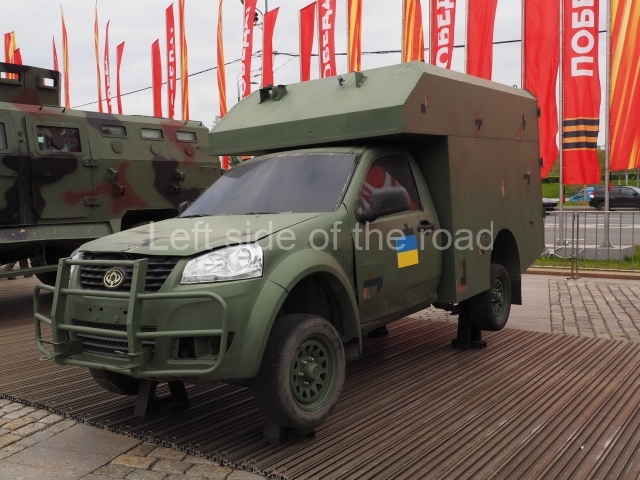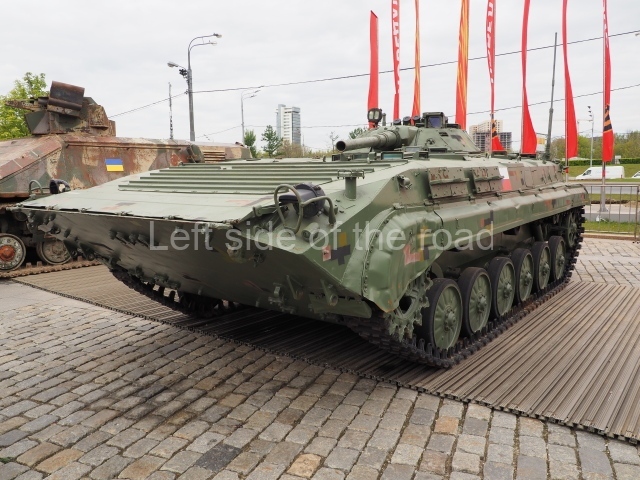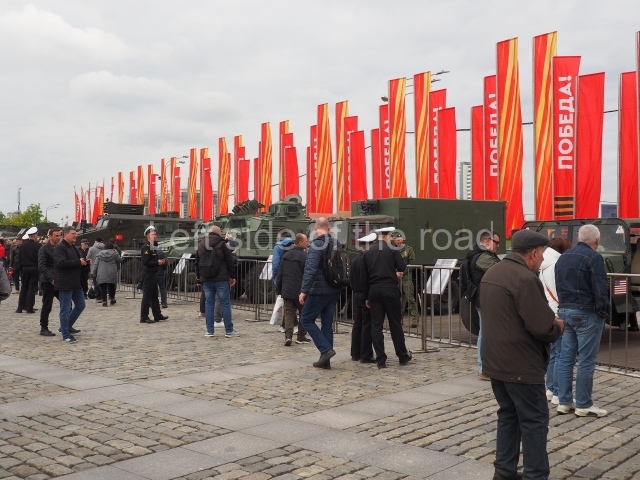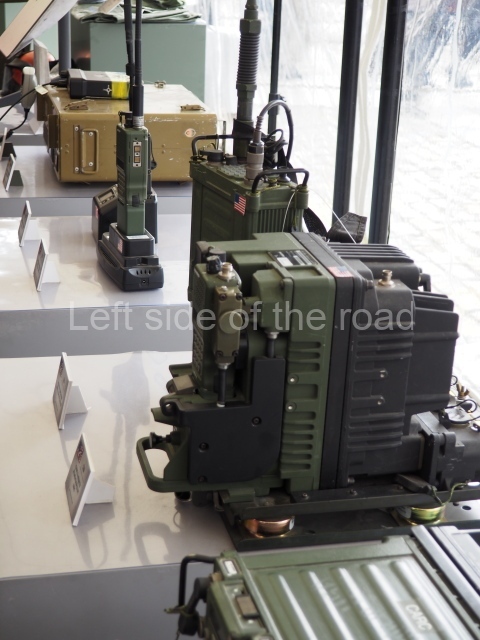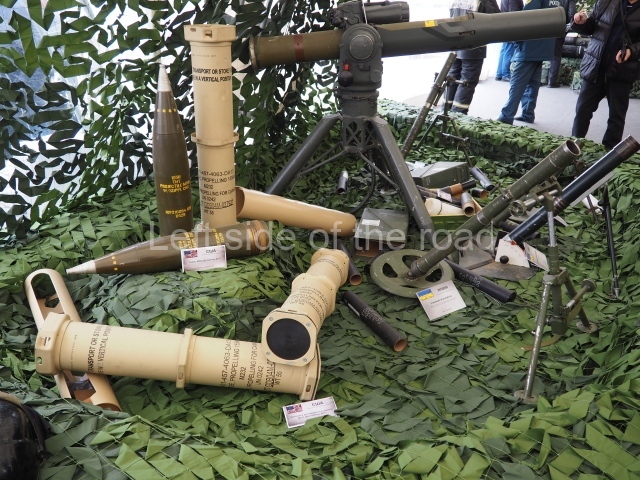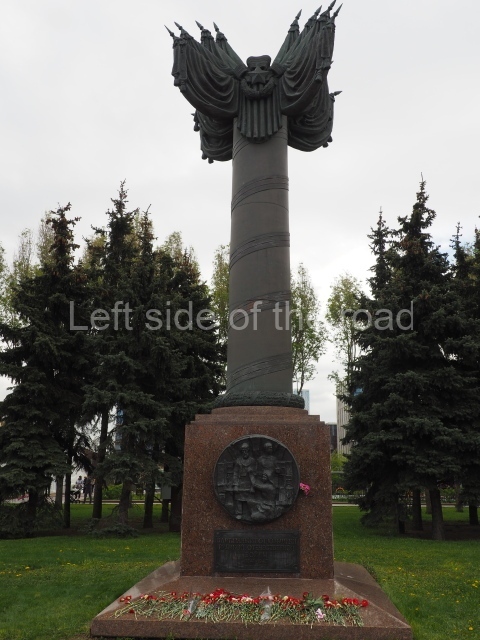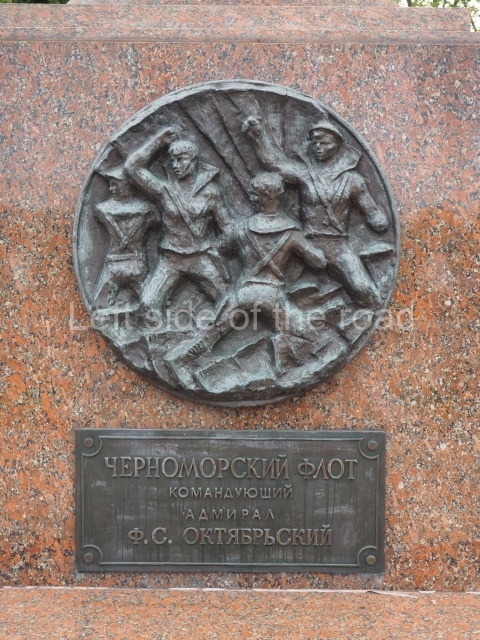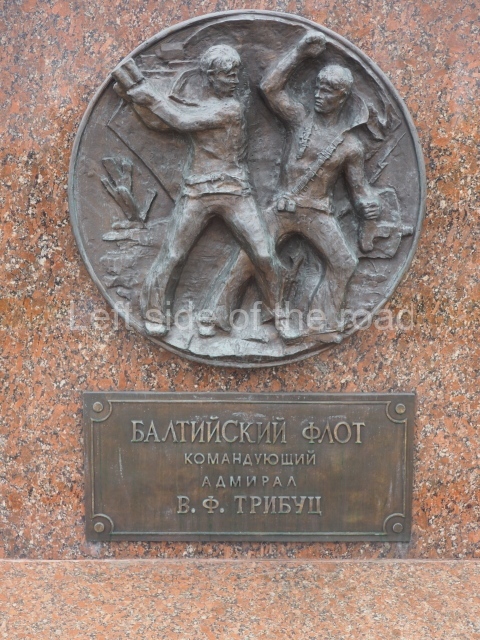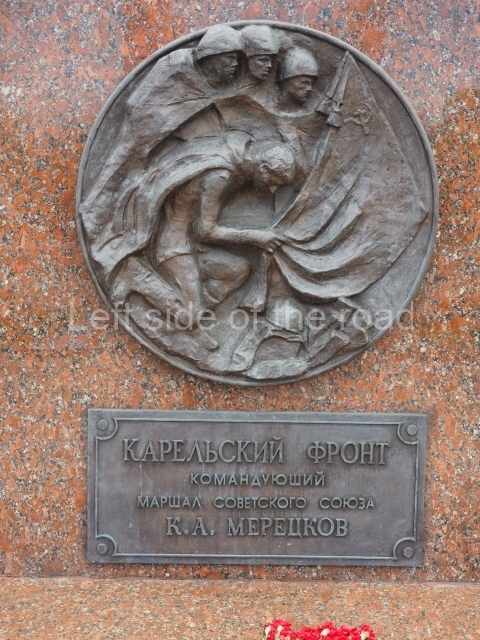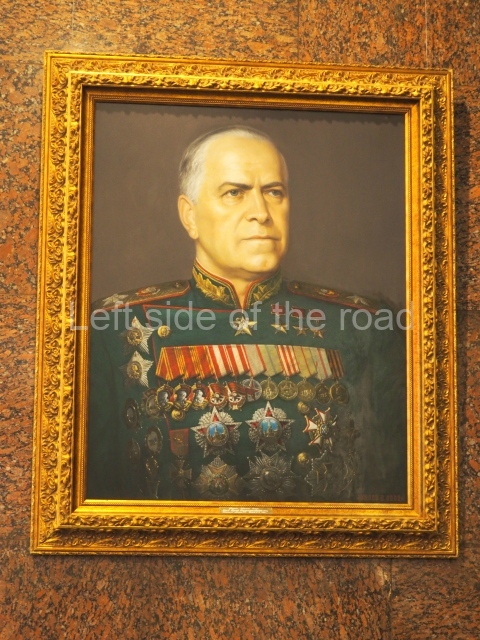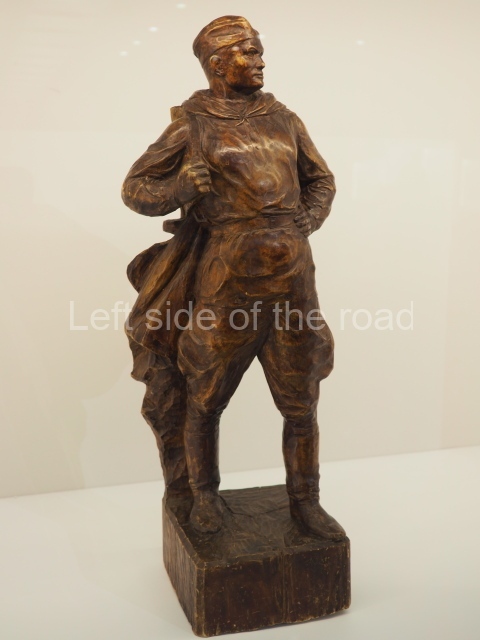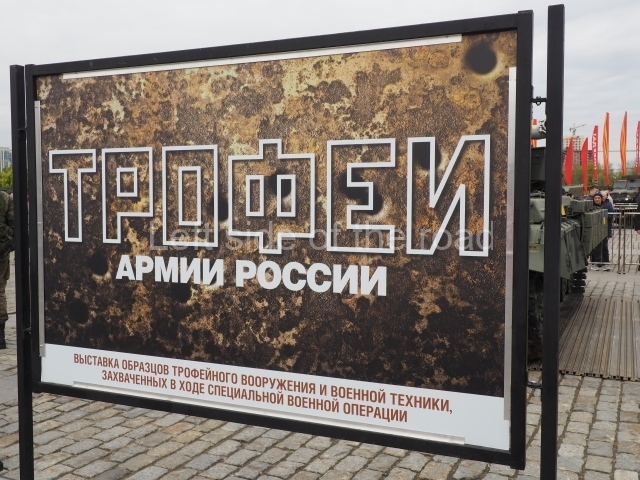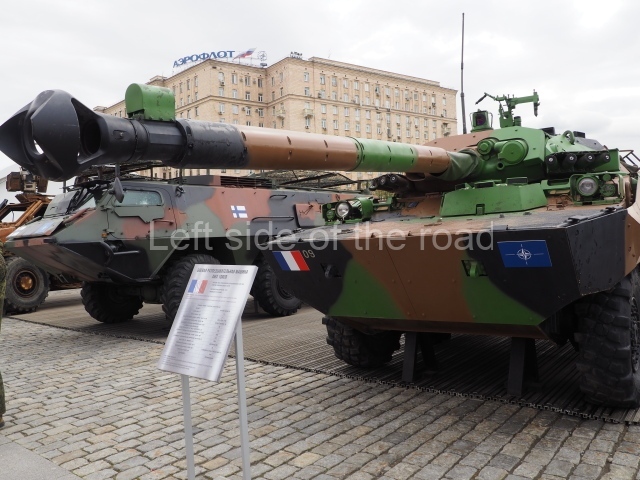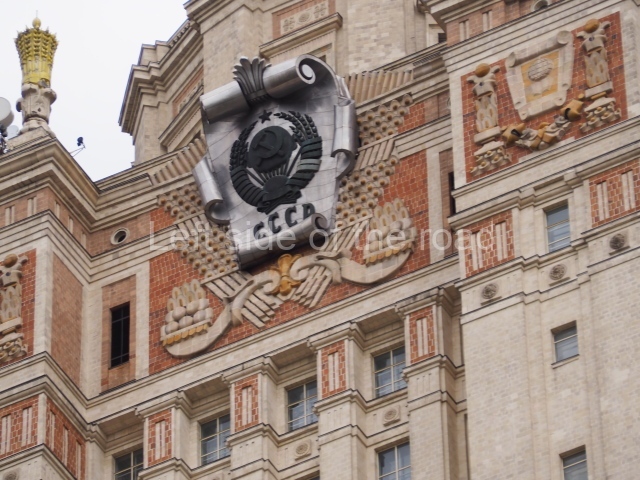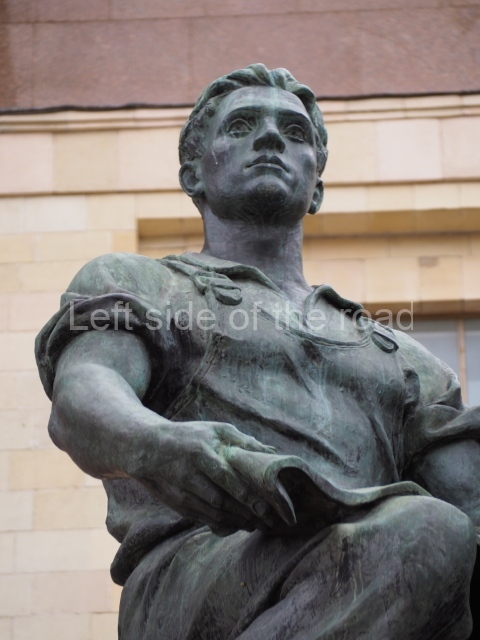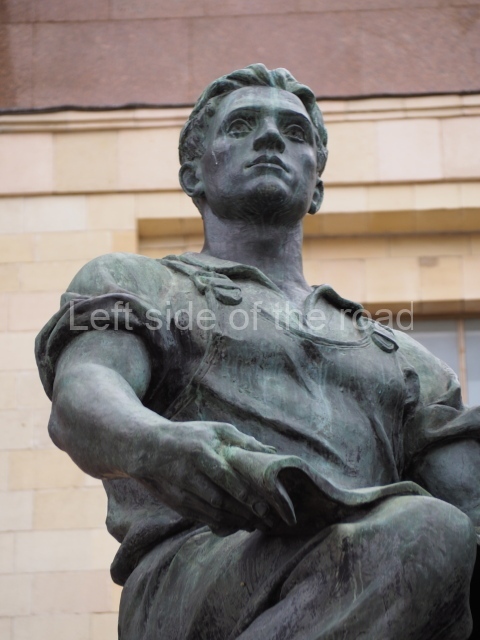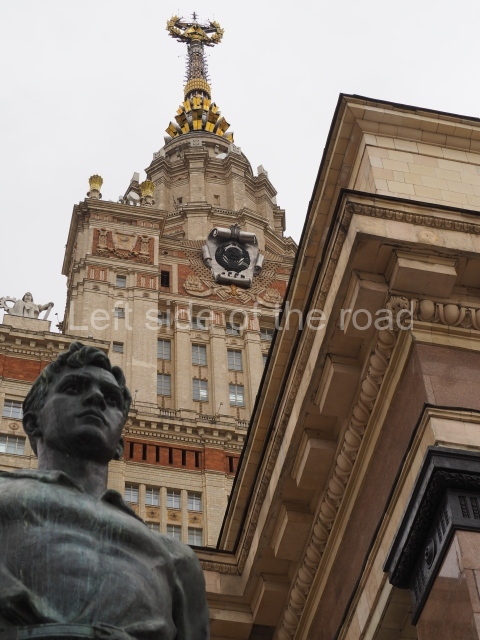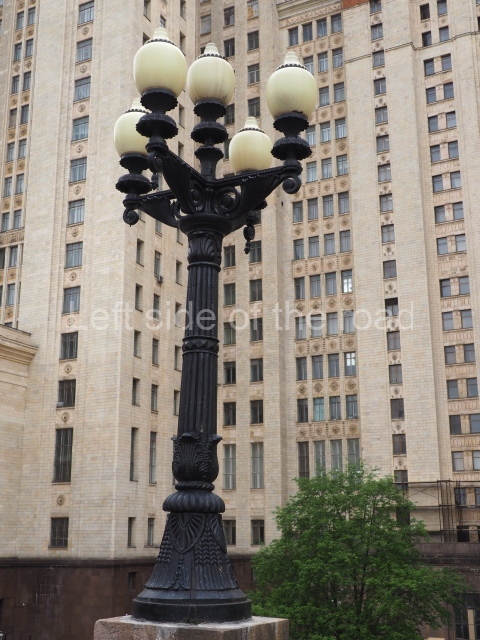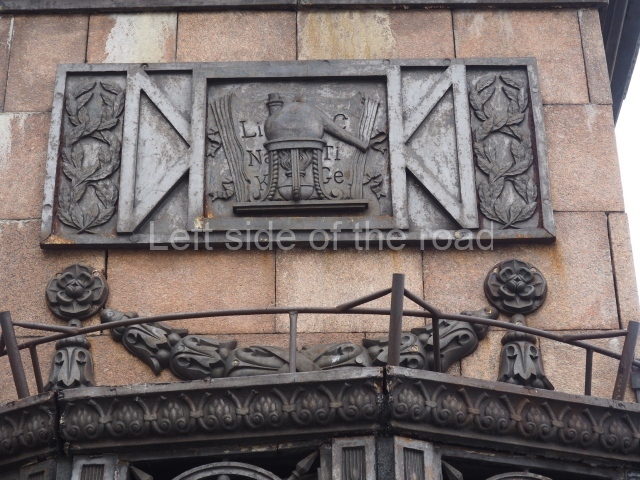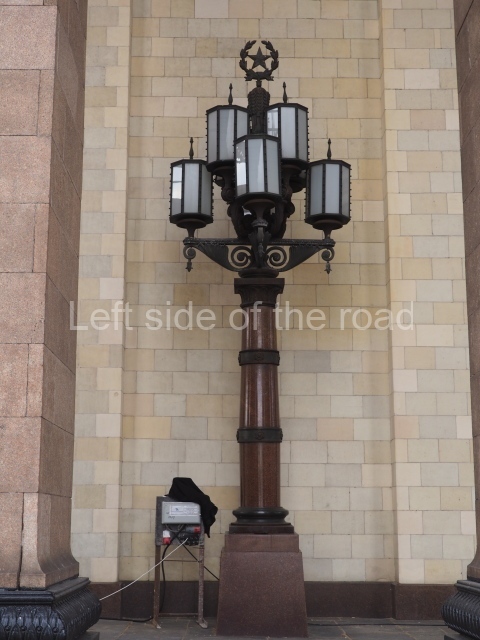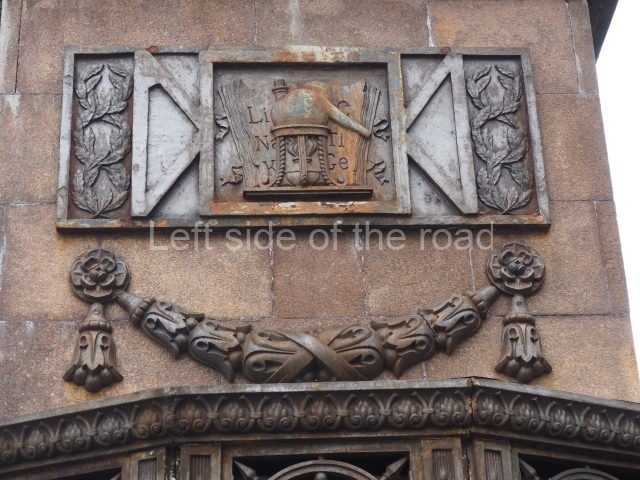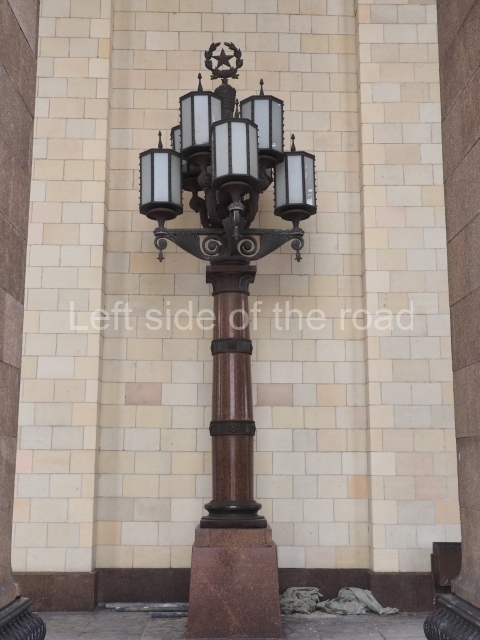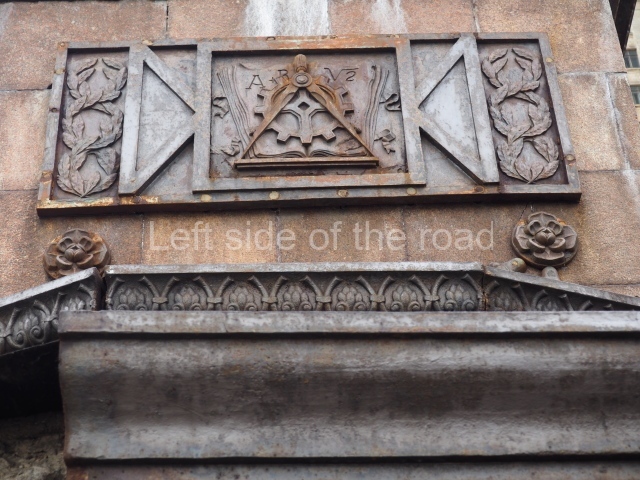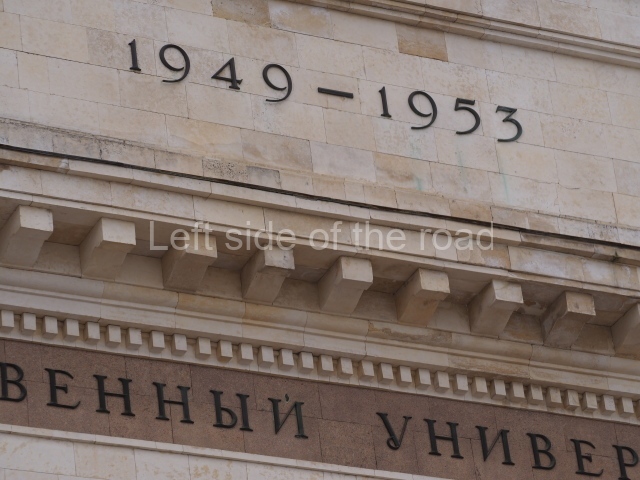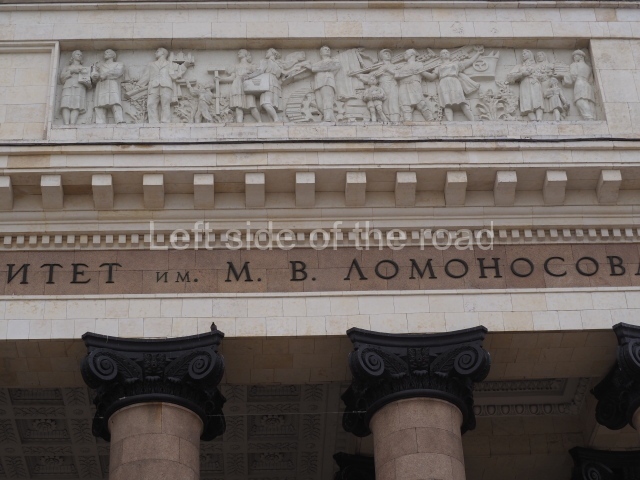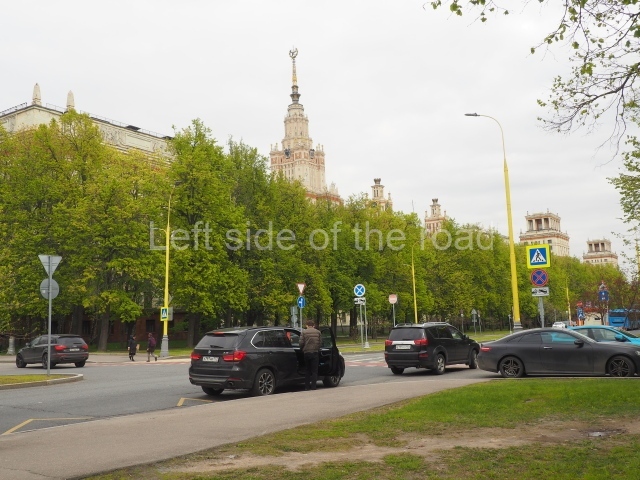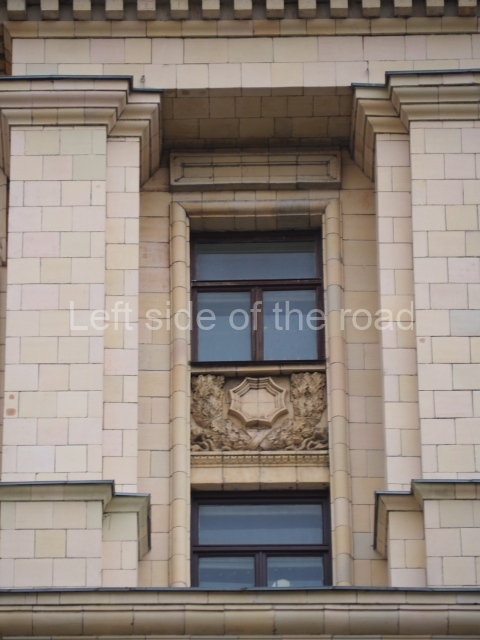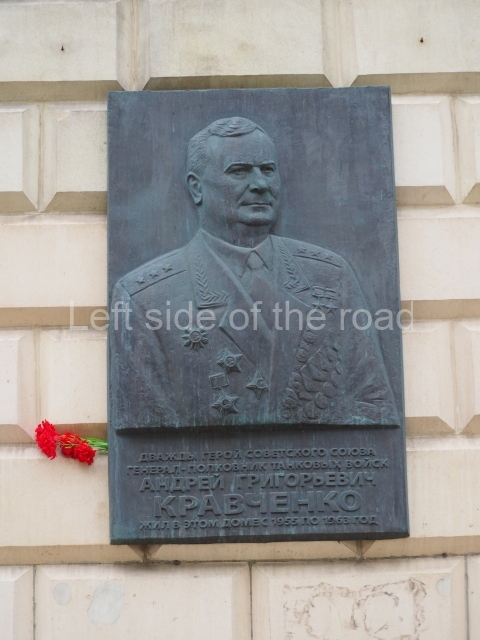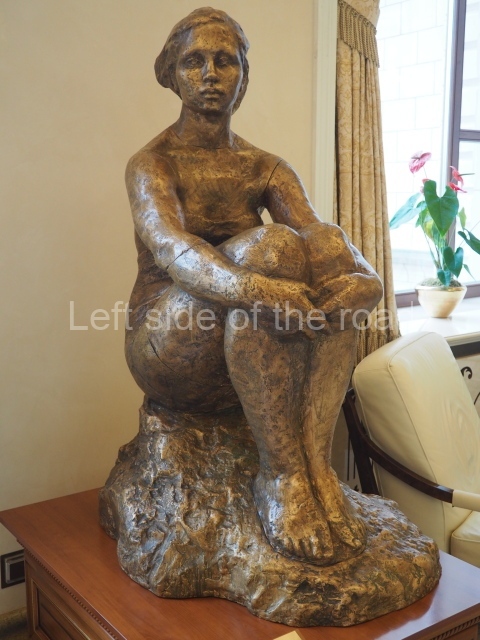Park Pobeda – Victory Park – exhibition and museum, Moscow
‘Trophies of the Russian Army’ and the Museum of the Great Patriotic War
‘Trophies of the Russian Army’
On May 1st 2024 a temporary exhibition was open at Park Pobeda (Victory Park) in Moscow. This was entitled ‘Trophies of the Russian Army’ and consisted of vehicles of various types and other war equipment captured by the Russian Army in the Ukraine. The main body of the exhibition was a variety of armoured vehicles – tanks, armoured personnel vehicles (APVs), and other forms of transportation, from various countries in the NATO alliance against Russia and its Special Military Operation in the Ukraine.
As has been documented on this blog on the page The war in the Ukraine – what you are not told, many of these weapons were introduced onto the battle field as ‘game changers’ – weapons that would be so powerful (as they were produced in the ‘west’ and hence superior to anything that could be produced in Russia) that they would just steam roller over any Russian defences and thereby assist in the Ukrainians recovering territory lost to the Russian Army since February 2022.
However, things did not go to plan.
Although there has been a blame game going on between the Ukraine and the NATO commanders (and politicians) what has been obvious is that the west believed too much in their own propaganda and came a cropper due to their own hubris. Whereas the military-industrial complex in the various NATO countries were hoping that the overwhelming victory their equipment would deliver against the Russians would be the finest advert possible to sell their wares in other parts of the world, it merely showed that western military equipment is too complicated; which means it takes too long to make in vast numbers and hence not ideal in a conflict of attrition (which the war in the Ukraine has become); and far too expensive.
However, instead of participating in victory parades the US Abrams and German Leopard tanks were filmed burning on the steppes of the Ukraine. The UK Challenger 2 tanks, once one or two had been destroyed, just ran away and acted as artillery far from the front – where such main battle tanks are designed to operate. An Abrams and a Leopard were on display in the exhibition.
In a covered enclosure there were also on display communication and GPS equipment, drones, mortars, small arms and other kinds of small military equipment.
I understood the original plan was for this to be a short term exhibition, finishing the weekend after Victory Day which was celebrated on May 9th. However, the exhibition attracted streams of Moscovites and there was a constant flow of people (many thousands in a day) so it was decided to extend the display.
For how long I have no idea and don’t know if there are plans to place some of this material in a permanent exhibition somewhere in Moscow or another major city. The plan might be, as far as I’m concerned, to take this exhibition around to other major Russian cities.
Hopefully, the slide show below will provide a flavour of what was on display for those who are unable to attend in person.
The Museum of the Great Patriotic War
This is a huge building which is approached by a wide avenue which commemorates the major battle fields in the war against the invading German Nazis and their accomplices in crime. It was opened in 1995 and I don’t understand why such a museum hadn’t been constructed decades before. Being constructed in a time of open capitalist control of the society the decoration inside or outside of the building owes nothing to Socialist Realist ideas.
In fact, it’s not really appropriate to call it a museum as it is more of a shrine and memorial to those who were killed in the Great Patriotic War and a place of ‘pilgrimage’ for military associated groups to come and pay respects.
There’s very little in terms of artefacts (as, for example, you will find in the Battle of Stalingrad Museum in Volgograd) and the vast space is not used, as far as I’m concerned, in an appropriate way to tell the story of some of the most significant battles of the Second World War. I think this is probably the result of the schizophrenic approach the present ‘rulers’ have towards the war against the Nazis. They recognise that it as a Socialist Red Army that defeated the attacking Germans but they don’t want to give (or didn’t in the 1990s) too much prominence to that fact. With the conflict with NATO – through its proxy of the Ukraine – thinking has changed and that was the reason you saw so much reference to Soviet symbolism in the posters and imagery in the build up to May 9th, Victory Day, 2024.
Also, very strangely for a ‘museum’ there was a room with references to the Special Military Operation in the Ukraine. This was in the form of portraits and photographs of soldiers on active duty. There was also a sculpture of a platoon moving forward on a battle front. I can see why this room was created, the war in the Ukraine is one of propaganda as well as what happens in the field, but placing such a room in a museum which commemorates battles on a much bigger scale where the forces concerned were not only hugely greater in number but also much more fiercely fought seems, to me, to detract from the importance and sacrifice of the war between 1941 and 1945.
In the slide show there are a few pictures which will, hopefully, give an impression of what the ‘museum’ is all about.
On my visit I didn’t make it to the Museum of the Main Weapons Relics of the Army, which might have been a shame. Entrance for that also costs 300 rouble.
Location;
10 Brothers Fonchenko Street
How to get there;
The Park Pobeda Metro station is right at the entrance to the park. It’s west of the city centre on Line No 3, the dark blue line.
GPS;
55°43′50″N
37°30′14″E
Opening times;
Wednesday-Sunday, 10.00 – 22.00
Tuesday, 13.00 – 22.00
Monday, closed
Entrance;
300 rouble.





















